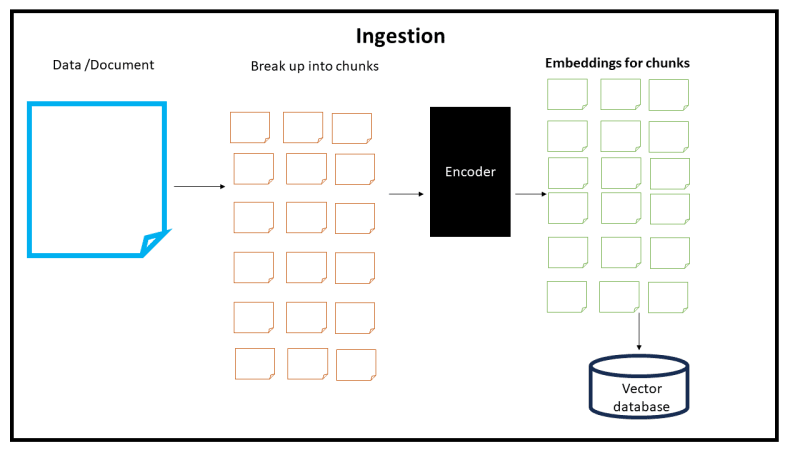Table of Contents
At the Beginning
React
useNavigate
Link
redirect
Next.js
useRouter
Link
redirect
Conclusion
At the beginning
When studying Next.js and React, I often found myself overwhelmed by the variety of options available for handling page transitions and frustrated by the mix of old and new information. This confusion led me to write this article, aiming to clarify which methods are best to use and when.
React
useNavigate
useNavigate is one of the hooks of React Router. React Router is an essential tool for managing navigation within React applications.
When you want to use React Router, you can install it like this.
useNavigate simplifies the navigation code by providing a single function. And also it is used in event handlers and asynchronous processing.
Here is an example.
const MyComponent = () => {
const navigate = useNavigate();
const handleClick = () => {
navigate(‘/about‘);
};
return (
// JSX content
);
};
useHistory is previous hooks of React Router. Don’t use it now. Since React Router v6 is released, useNavigate is the best way to navigate in applications instead of useHistory.
Link
The Link component which is one of the React Router hooks is used to create navigation links in our applications. It’s a similar role to the a tag in HTML. When you click an a tag, the webpage refreshes, but using the Link component does not cause a refresh.
Here is an example.
<Link to=“/“>Home</Link>
<Link to=“/about“>About</Link>
redirect
The redirect hook is used in React Router to redirect the user to different router programmatically. When the component is rendered, it will automatically redirect the user to the specified route.
The main difference compared with useNavigate is that redirect component automatically redirects depending on conditions, while useNavigate programmatically controls navigation based on the logic in the component.
Here is an example.
const MyComponent = async () => {
const currentUser = await getUser()
if (!user) {
return redirect(“/login“)
}
}
Next.js
useRouter
The useRouter (next/navigation) hook allows you to programmatically change routes in App Router. It can be used only in client component.
import useRouter from ‘next/navigation‘
const MyComponent = () => {
const router = useRouter()
const handleClick = () => {
router.push(‘/‘)
}
return(
<>
<div>hoge</div>
<div onClick={handleClick}>Home</div>
</>
)
}
The useRouter (next/router) hook can be worked in Pages Router. Please be careful where useRouter is imported from.
Link
A React component called Link is provided to do this in client component. It is the primary and recommended way to navigate between routes in Next.js. We can use it by importing it from next/link, and passing a href prop to the component in Next.js.
Here is an example.
const MyComponent () => {
return (
<ul>
<li><Link href=“/”>Home</Link></li>
<li><Link href=“/about”>About Us</Link></li>
</ul>
)
}
redirect
When we want to navigation routes in server component, use the redirect function instead.
The redirect function allows you to redirect the user to another URL.
import { getUser } from ‘../action/getUser‘
const MyComponent () => {
const user = await getUser()
if (!user) {
redirect(“/login“)
}
return (
// JSX component
)
}
Conclusion
Writing this article helped me organize my thoughts. I hope it allows you to approach their future coding projects with a clearer understanding of the information.




